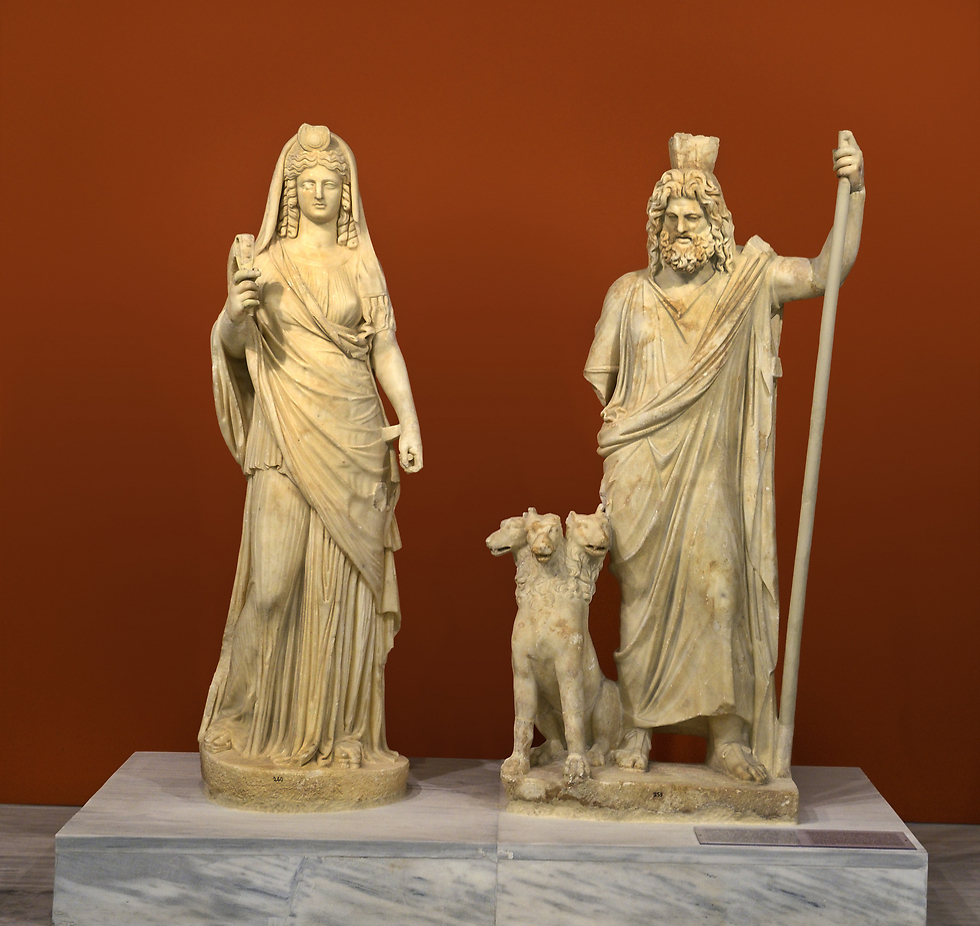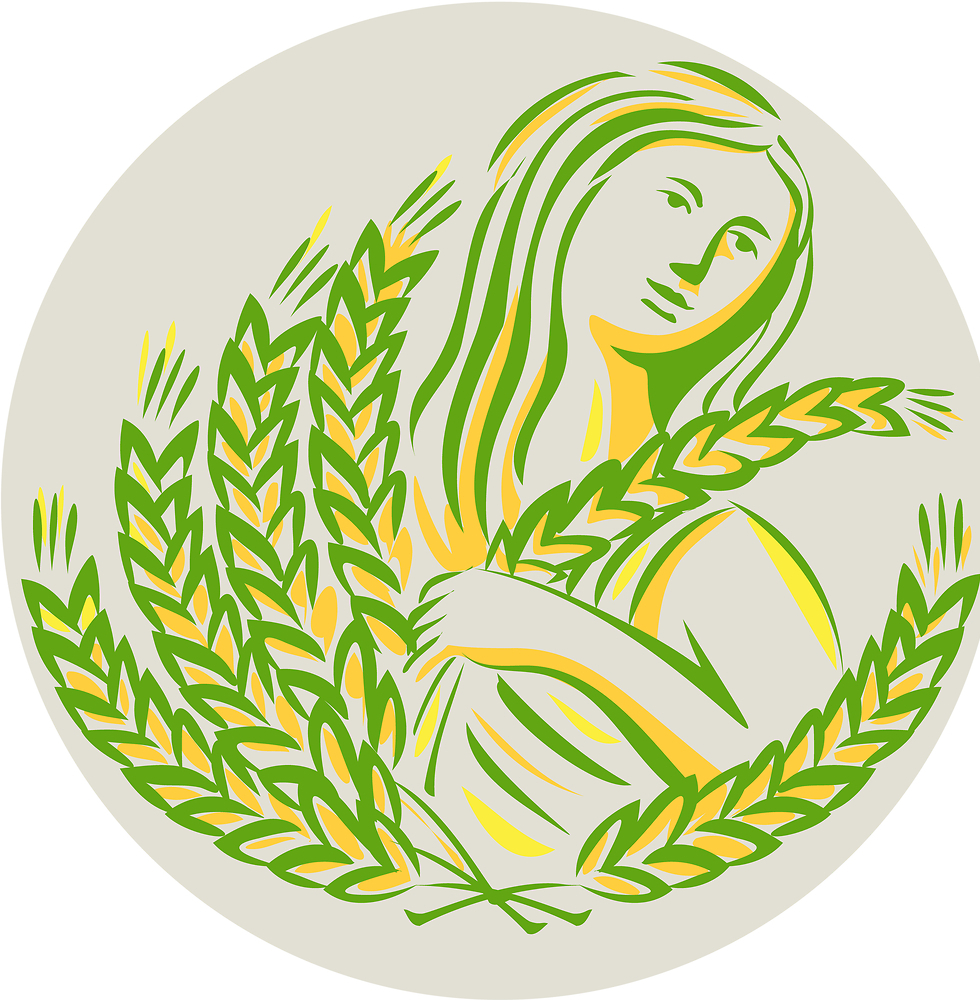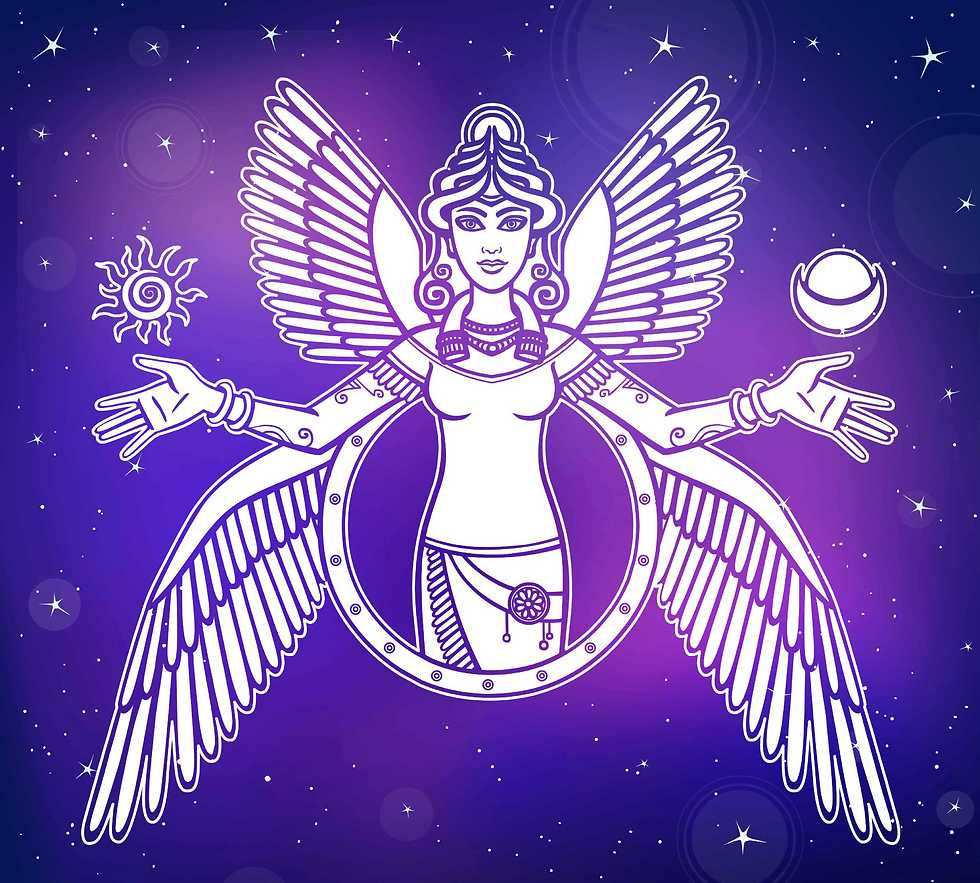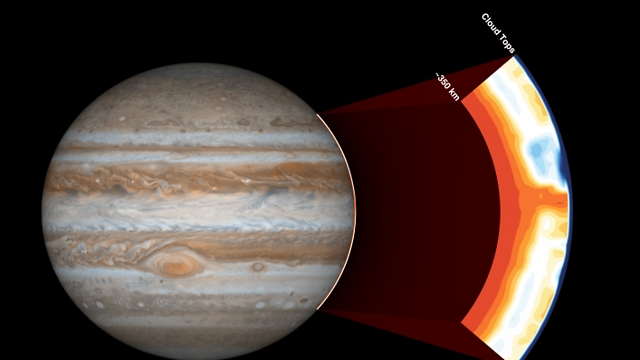
Shavuot is a harvest holiday and therefore it has great importance. It symbolizes wheat harvesting, the basis of one's diet and one of the three major Jewish holidays. The holiday is celebrated seven weeks after Passover, which is also an agricultural-themed holiday and symbolizes the coming of spring and the beginning of the biblical year.
The constellation identified with Shavuot is Virgo, which is currently prominent in the sky thanks to a particularly bright guest in its field—the planet Jupiter. Virgo, seen as an elongated box, is located just above the southern horizon as darkness falls, on the days of the end of the counting of the Omer. The Virgo group is also known for its huge cluster of galaxies.
The Virgo marks the wheat harvest, and it describes the virgin holding oats, or a bundle of crops in her hand. The connection between the group and the virgin holding the harvest fruit is global and was common among the peoples of the Euphrates, the Fertile Crescent, the Mediterranean basin and even Central America.
The connection to the wheat harvest, which took place at the beginning of the summer, probably dates back several thousand years, to the Nile basin, between the 6th millennium and the 4th millennium BCE. At that time, the sun was in Virgo at the height of summer, around the longest day of the year, and was at its height in the sky. It symbolized the time of the ripening of te grain and the time of harvest. As the grain symbolized fertility, the constellation that symbolized the harvest bore the names of goddesses and many women associated with the harvest goddess or harvest itself, such as Persephone and Demeter, Ishtar, Eve, Ruth the Moabite, and the Virgin Mary.
Since throughout the ancient world the woman, who bore children, symbolized fertility, she was illustrated in most of the ancient star maps holding wheat or a sheaf of grain in her hand. The group was often called Virgo. The virgin, holding a sheaf of wheat in her hand, was probably also the symbol of the Tribe of Asher that was blessed with a great deal of grain: "Asher's food will be rich; he will provide delicacies fit for a king" (Genesis 49:20).
Among the peoples of the Euphrates Valley, the Virgo symbolized the goddess Ishtar, the most important goddess, who received later 'incarnations' in various cultures as the Canaanite Ashtoreth and Aphrodite.
Ishtar, who symbolizing the stars of the sky, may be the source of the Hebrew name Esther; a Hebrew-Greek name that is the etymological source of the Latin root for the word star.
To the Greeks, Virgo usually symbolized Persephone, the daughter of Demeter, the goddess of the harvest and agriculture, who was kidnapped by the god of the underworld Hades. Grieving over the kidnapping of her beloved daughter, who symbolized spring growth, Demeter stopped the earth from giving fruit and the earth was destroyed.
In the end, Hades agreed to release Persephone, but according to the agreement Persephone would have to stay in the Underworld for three months each year. In anguish, Demeter ordered the land to stop its crop during those months of winter.
The brightest star in the Virgo constellation is marked with the Greek letter "alpha." This is a warm blue star called Spica meaning an ear of grain. The Hebrew name of the star is Shibolet (grain) and the two names, both Latin and Hebrew, symbolize the sheaf the maiden holds in her hands during the harvest. It is easy to locate the star with one of the star mapping applications, and this year, it is made easier with the help of the planet Jupiter, which is located to the north of Spica.
The great planet Jupiter has been 'visiting' Virgo for about a year. Jupiter is the most prominent celestial object in the night sky after the moon and stands out in its yellowish-white color.
On June 3, at 11:06pm, the moon, as it moves through the sky, will cover up Porrima, another star system in the constellation of Virgo. This display is a beautiful sight that can be seen with regular binoculars as well.





















